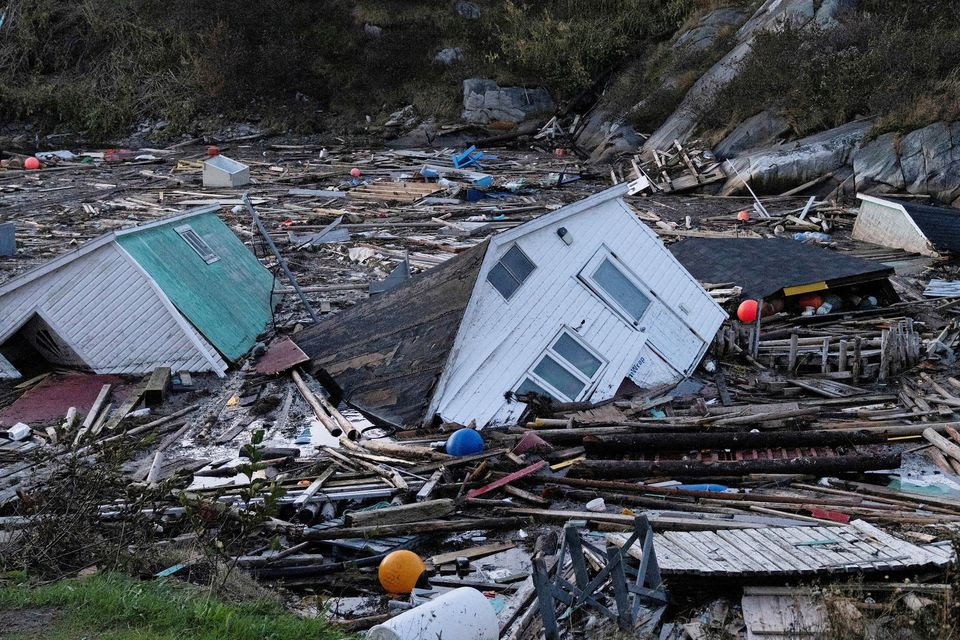Tuesday, September 27, 2022 – A FAMILY HOME THAT DID NOT LAST AFTER THE FAMILY DEPARTED


FROM THE ARCHIVES
TUESDAY, SEPTEMBER 27, 2022
THE 792nd EDITION
THE SHORT LIFE
OF THE
MULTI-FAMILY
TIFFANY MANSION
ON
MADISON AVENUE
EPHEMERAL NEW YORK

In 1882, Charles Lewis Tiffany decided to build an enormous new residence for himself and his family.
The early years of the mansion, almost alone in the wilds of the Upper East Side
| This wouldn’t be unusual for a rich, prominent merchant in Gilded Age New York City. Tiffany was that Tiffany, the man who launched a stationary and fine goods shop in 1837 that soon grew to become the internationally famous jewelry store.What might have seemed odd was the location Tiffany chose for his family castle. Rather than gravitating toward Fifth Avenue just below Central Park, where other elite new money New Yorkers were building elegant homes, Tiffany planned his mansion on Madison Avenue and 72nd Street—a mostly empty stretch of Manhattan that had yet to fulfill its destiny as a wealthy residential enclave. The Tiffany mansion between 1900-1910, with more neighbors on Madison AvenuePerhaps he had an affinity for Madison Avenue; Tiffany lived at 255 Madison near 38th Street at the time. Or it may have been an opportunity to “procure a large footprint of land on a wide cross street, ensuring not only extra light but also ample southern exposure,” wrote Alice Cooney Frelinghuysen in Louis Comfort Tiffany and Laurelton Hall.Tiffany hired McKim, Mead & White to design what would be one of the largest dwelling houses in New York, even by Gilded Age standards. Working closely with Stanford White in particular was Charles Tiffany’s son, Louis Comfort Tiffany. Louis had studied painting before becoming an innovative and acclaimed decorative artist-craftsman and starting Tiffany Studios, “renowned for pottery, jewelry, metalwork and, especially, stained glass,” wrote Christopher Gray in a 2006 New York Times piece. |

Louis Comfort Tiffany, far left; Charles Tiffany is in the center holding Louis’ kids in 1888
The mansion, completed in 1885, was a 57-room showstopper that dwarfed its few neighbors. There was another unusual aspect to it: the gigantic house was actually three separate residences for separate Tiffany family members.
“The first, on the first and second floors, was frequently said to be for Charles, but he never occupied it,” wrote Gray. “The second apartment, taking up the third floor, was for Louis’s unmarried sister, Louise; the third, on the fourth and fifth floors, was for Louis himself.”
Louis’ first wife died before the mansion was finished, and the widower moved in with his four young children from their previous residence on 26th Street. (He would soon remarry and have four more kids.) Louise stayed with her parents at 255 Madison, according to Michael Henry Adams, writing in HuffPo.

To enter the house meant walking through a huge stone arch, which led to a central courtyard. “The structure was crowned by a great tile roof—substantial enough to have covered a suburban railroad station—and by a complex assemblage of turrets, balconies, chimney stacks, oriel windows and other elements in rough-faced bluestone and mottled yellow iron-spot brick,” noted Gray.
Of course, a mansion of this size and pedigree attracted the attention of architectural critics, who either loved it or hated it. Ladies’ Home Journal dubbed it “the most artistic house in New York City,” thanks in part to detail on the facade and ornament, wrote Frelinghuysen. A detractor called it “the most conspicuous dwelling house in the city,” she added.
Louis reserved the fifth floor for his studio, which was three to four stories high and situated amid the mansion’s gables, according to Gray. Accounts from visitors suggested that the studio was a showcase for Louis’ talent and creativity, as well as his collections of exotic objects and furnishings. It also served as a “sanctuary from the daily bustle,” wrote Frelinghuysen.
“A forest of ironwork, brasses and decorative glassware suspended from the ceiling made the atmosphere even more obscure and mysterious,” added Gray. “Near the center was a four-hearth fireplace, feeding into one sinuous chimney made of concrete. It rose from the floor like an Art Nouveau tree trunk.” Makes sense; Louis took his inspiration from nature

In 1905, after the elder Tiffany passed away, Louis built a country estate near Oyster Bay, Long Island called Laurelton Hall. As the decades went on, he began spending more time there, moving some of the furnishings and objects from his Madison Avenue to his estate house.
He died in the Madison Avenue mansion in 1933 at the age of 84; the house met the wrecking ball three years later. The spectacular mansion, designed as a family compound of sorts that most of the family never actually lived in, was replaced by a stately apartment building.
Tuesday Photo of the Day
SEND YOUR SUBMISSION TO:
ROOSEVELTISLANDHISTORY@GMAIL.COM

MONDAY PHOTO OF THE DAY
LOBSTER TRAPS ON PRINCE EDWARD ISLAND, CANADA
BEFORE HURRICANE AND AFTER FIONA.
Text by Judith Berdy
Thanks to Bobbie Slonevsky for her dedication to Blackwell’s Almanac and the RIHS
Thanks to Deborah Dorff for maintaining our website
Edited by Melanie Colter and Deborah Dorff
All image are copyrighted (c) Roosevelt Island Historical Society unless otherwise indicated
Sources
EPHEMERAL NEW YORK
[First and second images: NYPL; third image: Wikipedia; fourth image: MCNY 93.1.1.18259; fifth image: Google Arts and Culture; sixth image: NYPL]
FUNDING PROVIDED BY ROOSEVELT ISLAND OPERATING CORPORATION PUBLIC PURPOSE GRANTS CITY COUNCIL REPRESENTATIVE BEN KALLOS DISCRETIONARY FUNDING THRU DYCD


Copyright © 2022 Roosevelt Island Historical Society, All rights reserved.Our mailing address is:
rooseveltislandhistory@gmail.com



Leave a comment